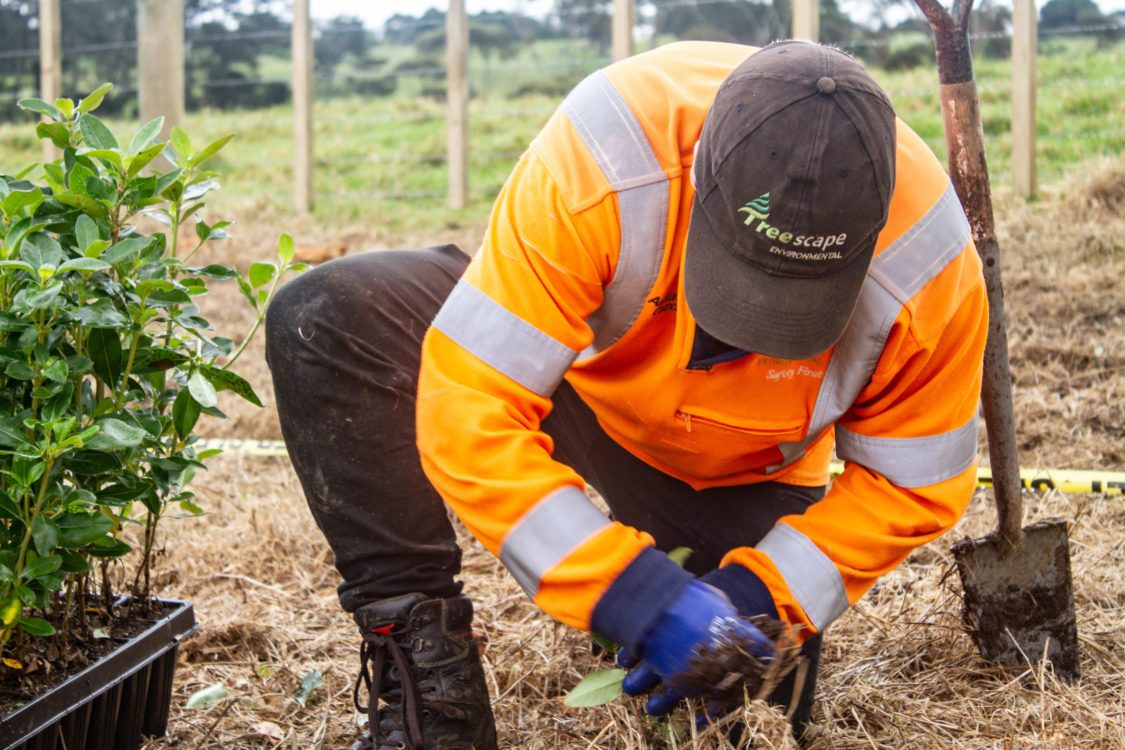Bring your garden back from the winter weather with these easy-to-follow tips. This will have it looking green and beautiful by the time the season reaches its peak.

It’s gardening time! Even with a winter chill still in the air, there are plenty of tasks to start handling now if you want to get your outdoors in party-ready shape by the time the temperatures rise.
1. Start with an inspection: First, look up and assess the trees. Make note of tree limbs that should be removed, especially those with broken or hanging branches. To maintain large trees, it is recommended to hire a professional arborist. Here is why. Next, assess the mid-level, trimming down the foliage before moving to ground level planting areas. Don’t forget to give the hardscape areas such as fences, steps and pathways a once-over too.
2. Tune up the tools: Make sure your gardening tools are in good shape before you put them to work. Sharpen the pruners, oil where needed and also make a note of those that need replacement. Never work with broken tools as it is not safe.
3. Refresh the lawns: If you have grass, spring is an important time to turn your attention to your turf. Clear the lawn of winter debris and look for areas that need reseeding before mowing.
4. Prune trees and shrubs: Remove dead, damaged and diseased branches from trees and shrubs. Call in the expert – an arborist – for tree pruning, especially for branches that are covering electrical wires or structures, or are quite high. Pruning does not only makes trees and plants look good, it also helps with healthy growth.
5. Feed your soil and start a compost pile: Talk to someone at your local garden centre about the general soil type in your area so you can get the appropriate fertilisers. An arborist who comes to maintain your trees will also be happy to provide general guidance.
A good general practice is to top-dress the soil with an inch or two of compost, humus and/or decomposed manure. The ideal time for this is in early spring just before or as your bulbs are starting to emerge. That’s also a good time to sprinkle an organic slow-release plant food. Earthworms and other garden creatures will do the job of working these organic materials down into the soil for you.
Spring is also a good time to start a compost pile, or use a compost bin, if you don’t have one already. Begin by collecting plant debris and leaves raked up from the garden. Find equal amounts “brown” (carbon-rich) materials like dried leaves and straw and “green” (nitrogen-rich) materials like grass clippings and weeds. Chop these up first to speed decomposition.
6. Mulch: In addition to fertilisers and organic materials, it would be great to think about adding mulch to your flower beds and garden. One to three inches of mulch helps prevent weeds and diseases. It also keeps the moisture in the garden and maintains the temperature. The rule of thumb is to keep the mulch a few inches away from the plant stems to prevent roots from rotting.
7. Start planting: Once you’ve gotten the garden in shape and handled all the old plants, it’s time to turn your attention to new plants. To make it easier, consider planting more perennials rather than annuals, because annuals have to be replaced every year.
Spring is also a good time to plant trees, but this requires careful planning as they can grow to cover the nearby structures and electrical wires.
If your spring cleaning requires work from an arborist to prune and spruce up your trees, connect with Treescape’s qualified and experienced team. They are more than happy to discuss your needs and provide an obligation-free quote for the job.


